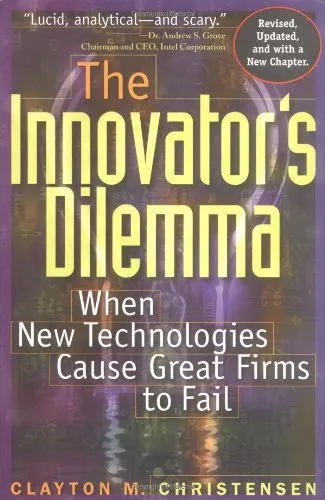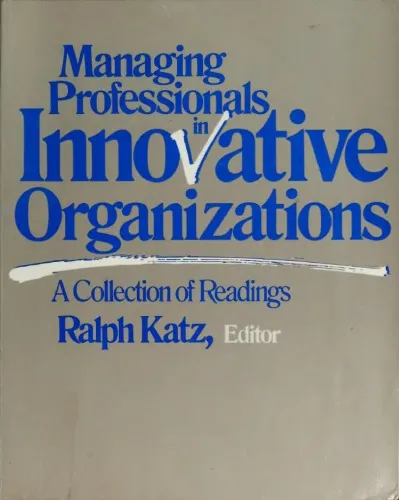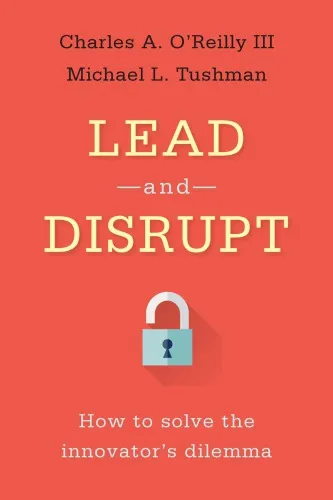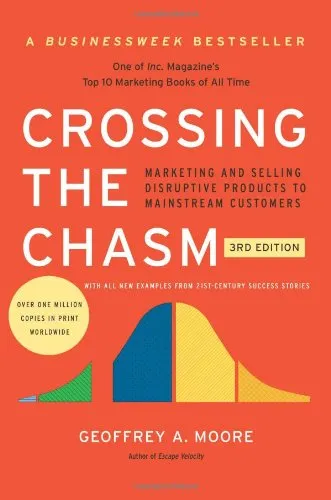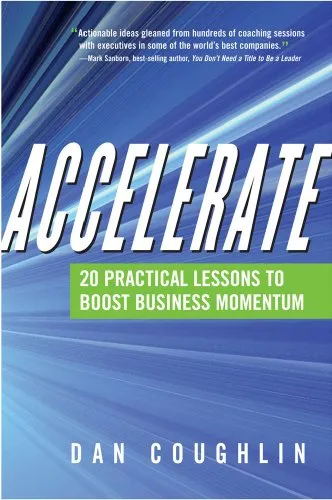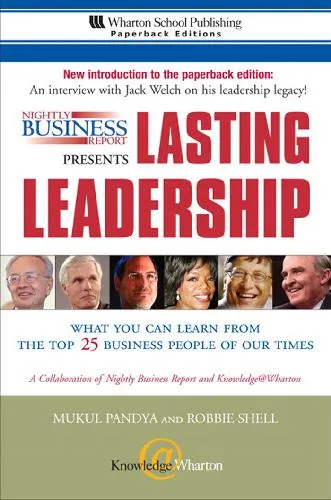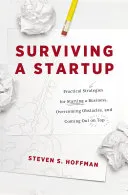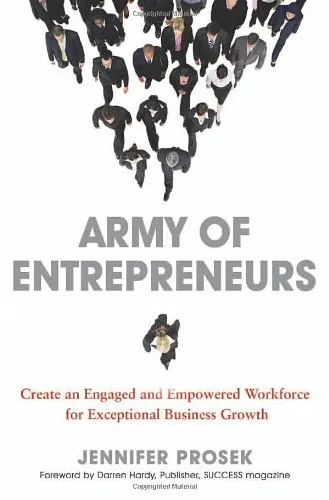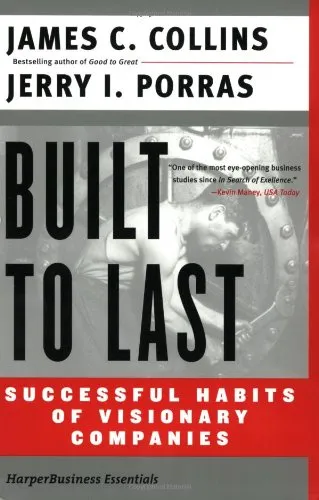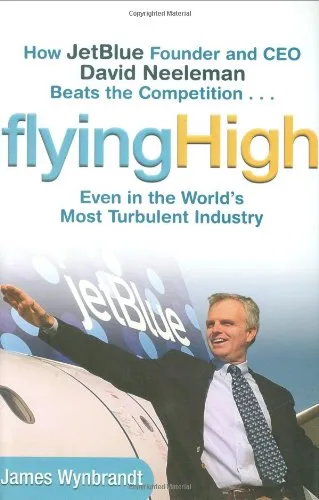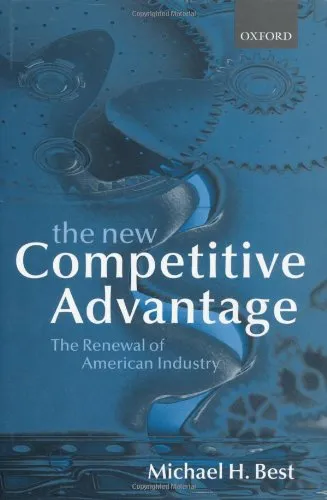The Innovator's Dilemma: When New Technologies Cause Great Firms to Fail (Management of Innovation and Change Series)
4.0
Reviews from our users

You Can Ask your questions from this book's AI after Login
Each download or ask from book AI costs 2 points. To earn more free points, please visit the Points Guide Page and complete some valuable actions.Related Refrences:
Persian Summary
Introduction to 'The Innovator's Dilemma'
Clayton M. Christensen's seminal work, "The Innovator's Dilemma: When New Technologies Cause Great Firms to Fail", explores the central challenges successful companies face upon encountering disruptive technologies.
Detailed Summary of the Book
Published in 1997, Christensen's "The Innovator's Dilemma" introduced the concept of disruptive innovation, fundamentally changing how businesses perceive technological advancement. The book explores why well-managed, high-performing companies often lose market leadership when confronted by disruptive changes. These firms, despite doing everything "right" - listening to customers, investing in technology, and focusing on their core business strengths - inadvertently become victims of their own success.
The narrative unfolds through a series of well-researched industry case studies, from disk drives to mechanical excavators, emphasizing how disruptive technologies introduce a new set of values and potentially render existing competencies obsolete. The author offers a chronological explanation of how companies initially engage in incremental, sustaining innovations that improve existing product performance. However, as new, unproven technologies emerge, these firms struggle because such innovations initially have lower performance attributes that don’t current mainstream market demands.
Christensen's insights are richly detailed, drawing upon historical examples to showcase how small entrants with innovative approaches manage to disrupt market giants. He then advocates for managers to not just focus on listening to their current customer base but to look forward and identify potentially disruptive technologies early on. By doing so, firms can set the stage to capitalize on emerging trends rather than falling victim to them.
Key Takeaways
- Disruptive innovations tend to underperform established products initially but can capture new or emerging markets by providing different value propositions.
- Large firms often fail not because they disregard customer needs but because they prioritize efficiency and consistency over exploration of disruptive trends.
- Adopting a more flexible organizational structure that allows experimentation can enable firms to respond proactively to disruptive innovations.
- Organizations should create autonomous units that focus specifically on the development and promotion of disruptive innovations to avoid internal conflicts.
Famous Quotes from the Book
"The pursuit of profit rather than growth is what ultimately drives most companies into the innovator's dilemma."
"Companies fail because they invest in skills and products that are valuable to customers today instead of those that will be valuable tomorrow."
Why This Book Matters
"The Innovator's Dilemma" is a profound exploration into why great businesses can fail despite sound management and outstanding customer focus. It serves as a vital warning and guide for companies striving to innovate effectively without losing competitive edge. Christensen's work has been instrumental in influencing the strategic direction of firms worldwide, encouraging them to embrace change, think beyond existing paradigms, and consider the potential of groundbreaking technologies that may seem insignificant in the present.
This book is especially critical in today's fast-paced, tech-driven society, where new entrants and technologies continuously reshape industries. Understanding Christensen’s thesis equips managers and leaders with the strategic foresight to adapt and lead through disruptive waves instead of being capsized by them.
Free Direct Download
You Can Download this book after Login
Accessing books through legal platforms and public libraries not only supports the rights of authors and publishers but also contributes to the sustainability of reading culture. Before downloading, please take a moment to consider these options.
Find this book on other platforms:
WorldCat helps you find books in libraries worldwide.
See ratings, reviews, and discussions on Goodreads.
Find and buy rare or used books on AbeBooks.
1460
بازدید4.0
امتیاز0
نظر98%
رضایتReviews:
4.0
Based on 0 users review
Questions & Answers
Ask questions about this book or help others by answering
No questions yet. Be the first to ask!
